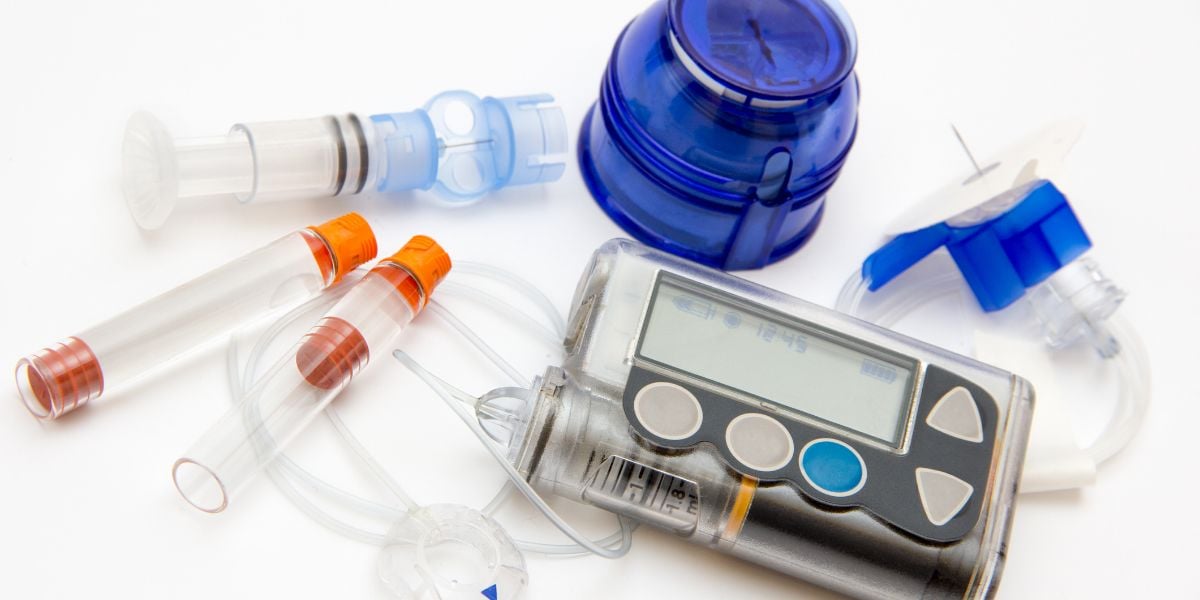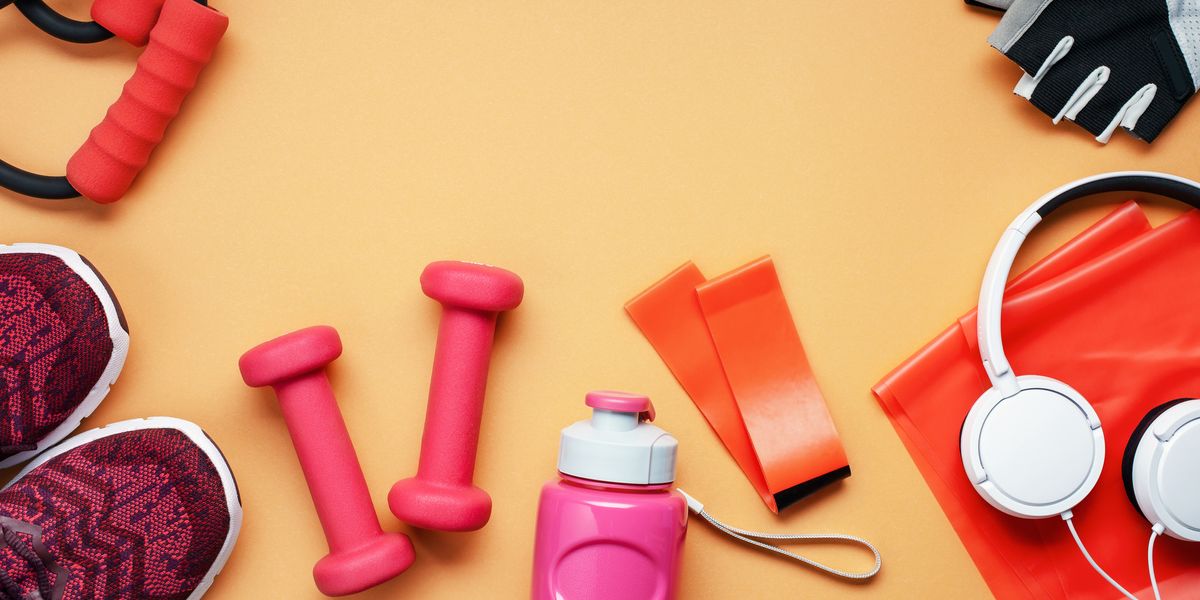In type 1 diabetes, the body doesn’t automatically respond to meals by releasing insulin, this has to be done manually through taking injections or through bolus doses via insulin pump.
If you’re looking to lose weight, this can give an advantage, in a way, as it allows you to review exactly how much insulin you’re taking each day.
By contrast, people without type 1 diabetes have no good way of knowing how much insulin they have in their body.
A good rule of thumb is that the more units of insulin you take per day, the more likely you are to put on weight.
- See also more general advice in our guide to weight loss on a low-carb diet
Less insulin intake, improved weight management
Say Jill and Michelle are roughly the same height and both have type 1 diabetes. Jill is taking 50 units per day and Michelle is taking 100 units per day. Generally speaking, it’s more likely that Jill will be finding it easier to manage her weight than Michelle.
So, if you’re looking to lose weight, one way to achieve this is to modify your diet, or eating habits, so that you take less insulin whilst maintaining good blood control.
Warning note: We need to make an important safety note that reducing your insulin whilst letting glucose levels go high for long periods of time is not a good idea at all. Doing this will lead to a much greater risk of very serious health problems such as retinopathy, neuropathy and kidney disease.
Reducing insulin intake safely
There are a number of ways insulin intake can be reduced in a safe way:
- Lower your carbohydrate intake
- Lower your protein intake -if you eat a lot of protein
- Increase physical activity
- Reduce snacking
Out of these, reducing carbohydrate intake is likely to have the greatest effect.
Lowering insulin doses should only be done if you are confident with adjusting your own insulin. If you are not confident, speak to your doctor about whether and how your insulin doses should be adjusted.
For more information on improving your success on a low carb diet, see our guides on:
Lower your carbohydrate intake
If you can reduce either your carbohydrate intake, you should be able to reduce your doses of insulin, however, be prepared to be patient with this.
If you can reduce the carb for meals, you should find you need less high mealtime/bolus doses.
Note that basal insulin doses may need adjusting when going onto a low-carb diet so involve your health in reviewing your insulin requirements.
Lower your protein intake
Some people may struggle to lose weight on a low-carb diet if they’re having a lot of protein in their diet.
If you are having a large amount of meat, for instance, you may need to substitute some of the meat for foods with more fat and less protein.
See more on how to follow a healthy low-carb diet
Increase physical activity
Getting into the habit of taking regular physical activity should help towards taking less insulin.
Taking walks after meals is a good way to lower sugar levels. Make sure you put in a lower dose for the meal to account for this.
Basal insulin can be reduced in advance of exercise if you know that you will definitely be carrying out a significant amount of exercise within up to 24 hours.
If you use an insulin pump , you can reduce or suspend your basal dose prior to or during exercise to prevent hypos occurring.
One thing to watch out for is if you find yourself having to take carbohydrate prior to or during exercise to prevent exercise.
You can try taking a 10-second sprint to raise sugar levels prior to exercise instead of having carbohydrate. The 10-second sprint, which can be performed on the spot, will usually trigger the liver to raise sugar levels within about 15 minutes.
Check your sugar levels 15 minutes after the sprint to make sure the effect has worked. Note you will need to use a blood glucose meter rather than a continuous glucose monitor (CGM) as they have around a 10-minute delay.
Reduce snacking
Excess snacking is a habit that many of us can all-too-easily fall into. Cutting back on snacking can be achieved with good commitment and being confident that you don’t really need to snack.
Hunger typically comes in waves and often, when feeling in a grazing mood, simply waiting it out for 20 minutes or so can see the snacking impulse pass.
It’s a good idea to get into a task or take some exercise to distract your thoughts away from eating.
Note that a feeling of hunger can sometimes be brought on by low sugar levels. If you are regularly going low after meals, you will need to review your insulin doses.
Reduce basal insulin gradually
The DAFNE course advises that most people do not need to be on more than 24 units of basal insulin a day. However, if you have insulin resistance, you may need to be on a higher basal dose than this and try to gradually reduce your basal dose down.
Maintaining a good low-carb diet should help you towards achieving this.
Seeing if you can reduce your basal dose down, whilst keeping good blood glucose control, can be used as motivation to see how you’re progressing.
Remember that this will take time so don’t demotivate yourself by expecting too much too soon.
Also, don’t get put off track by colds or other illnesses which may require you to raise your basal dose temporarily to keep sugar levels under control.






